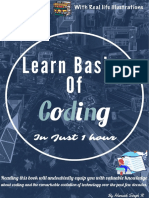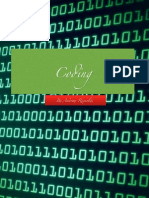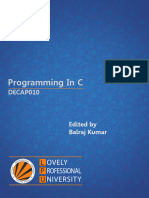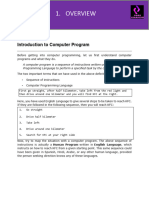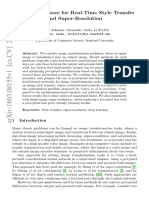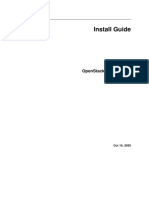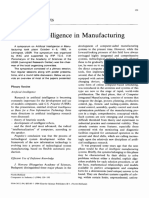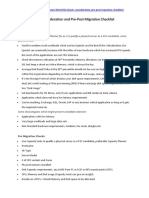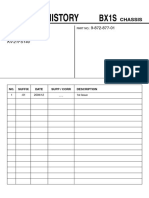0% found this document useful (0 votes)
30 views3 pagesProgramming Script
The document provides an overview of basic programming concepts, explaining the difference between programming and coding, and defining what a programming language is. It discusses how computers operate using binary, the role of compilers, and the use of Integrated Development Environments (IDEs) for writing code. Additionally, it briefly introduces the basic coding syntax for printing in C++ and Python.
Uploaded by
luca.mare.3057Copyright
© © All Rights Reserved
We take content rights seriously. If you suspect this is your content, claim it here.
Available Formats
Download as ODT, PDF, TXT or read online on Scribd
0% found this document useful (0 votes)
30 views3 pagesProgramming Script
The document provides an overview of basic programming concepts, explaining the difference between programming and coding, and defining what a programming language is. It discusses how computers operate using binary, the role of compilers, and the use of Integrated Development Environments (IDEs) for writing code. Additionally, it briefly introduces the basic coding syntax for printing in C++ and Python.
Uploaded by
luca.mare.3057Copyright
© © All Rights Reserved
We take content rights seriously. If you suspect this is your content, claim it here.
Available Formats
Download as ODT, PDF, TXT or read online on Scribd
/ 3





